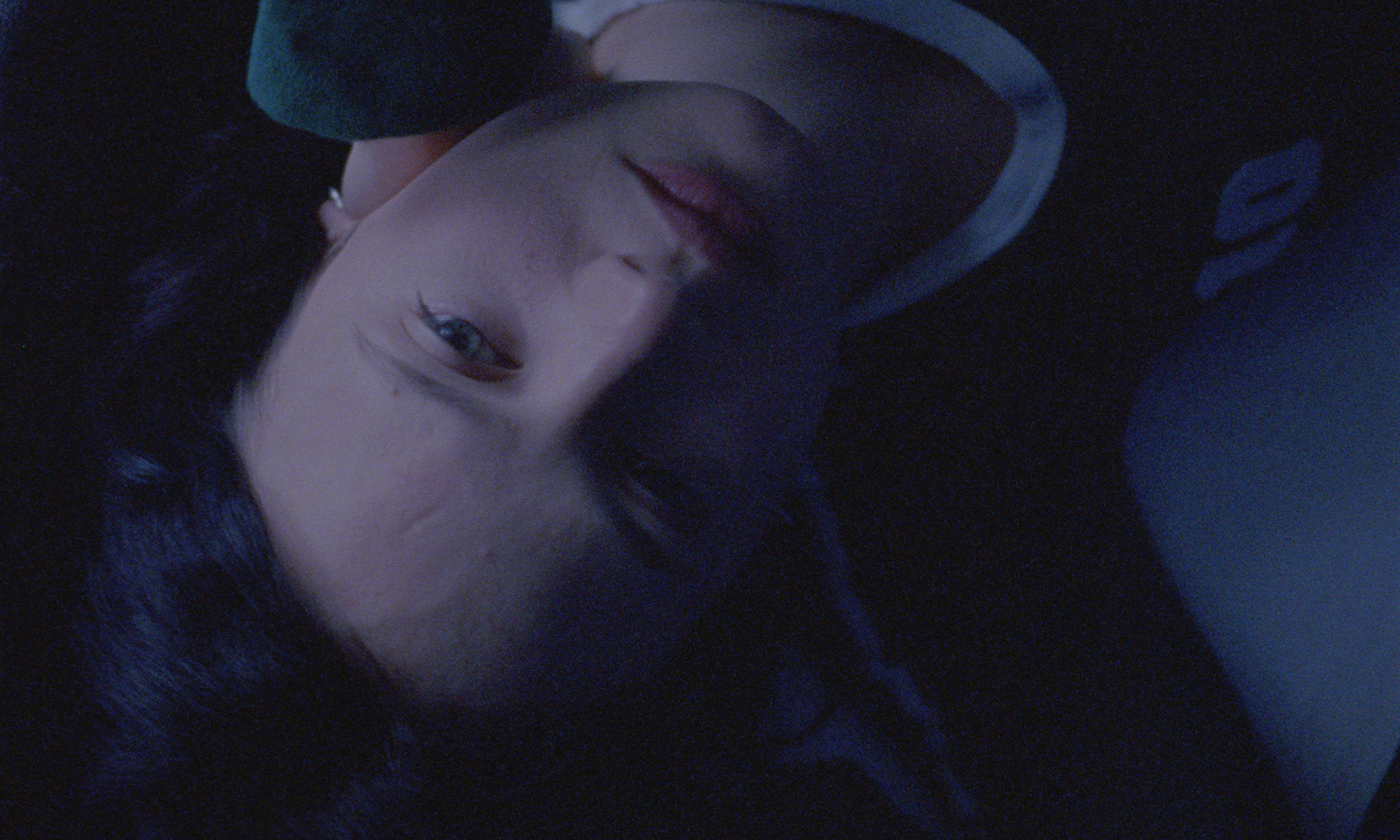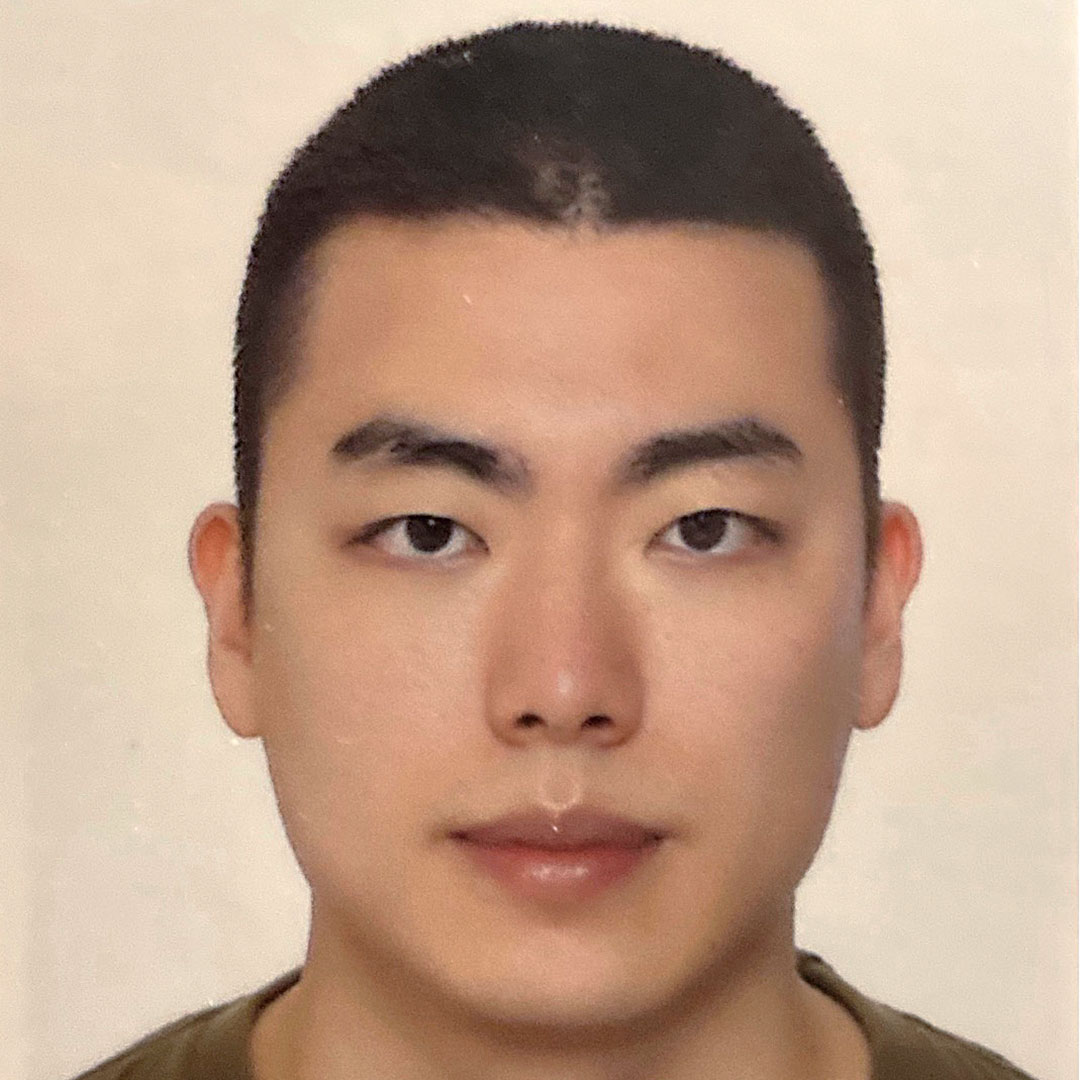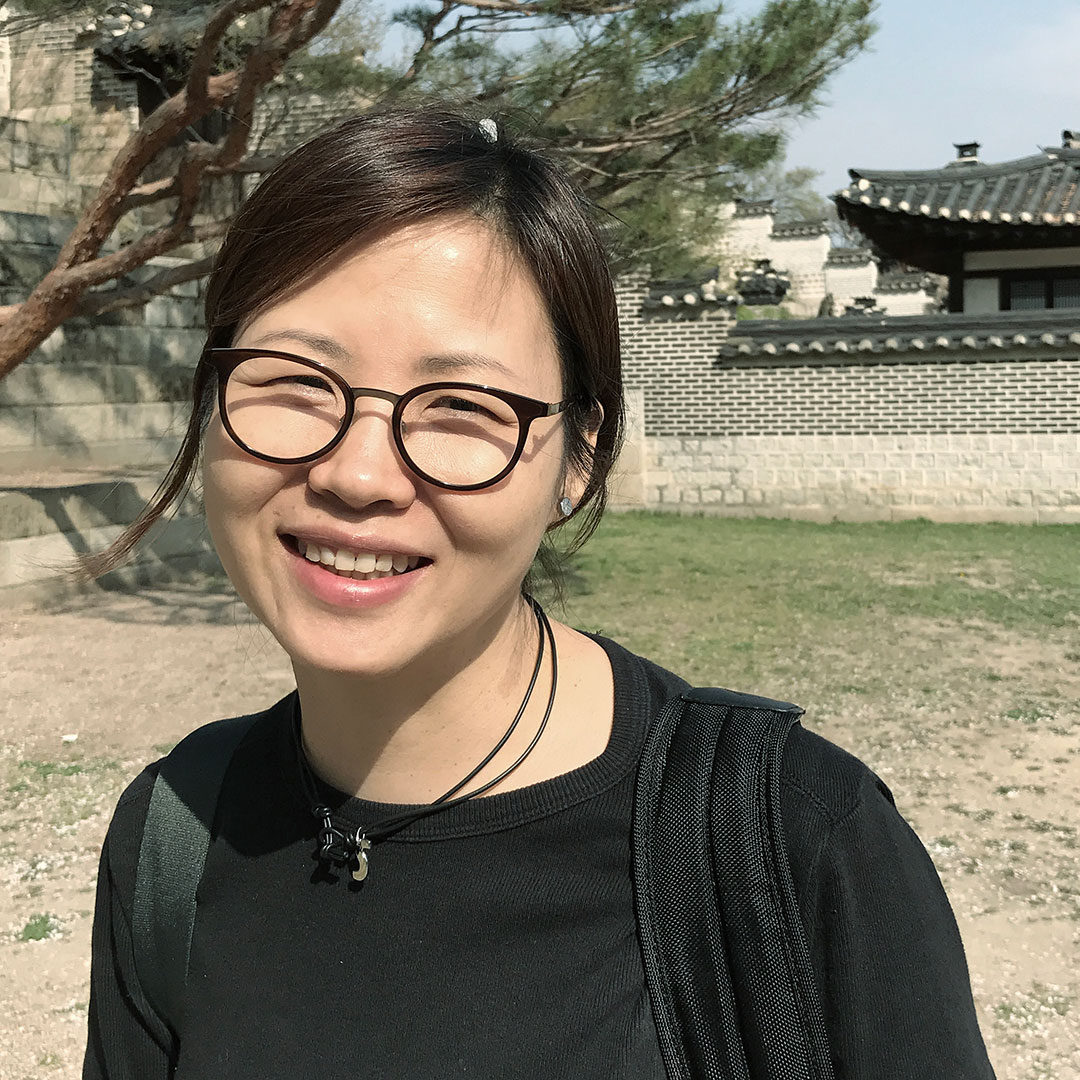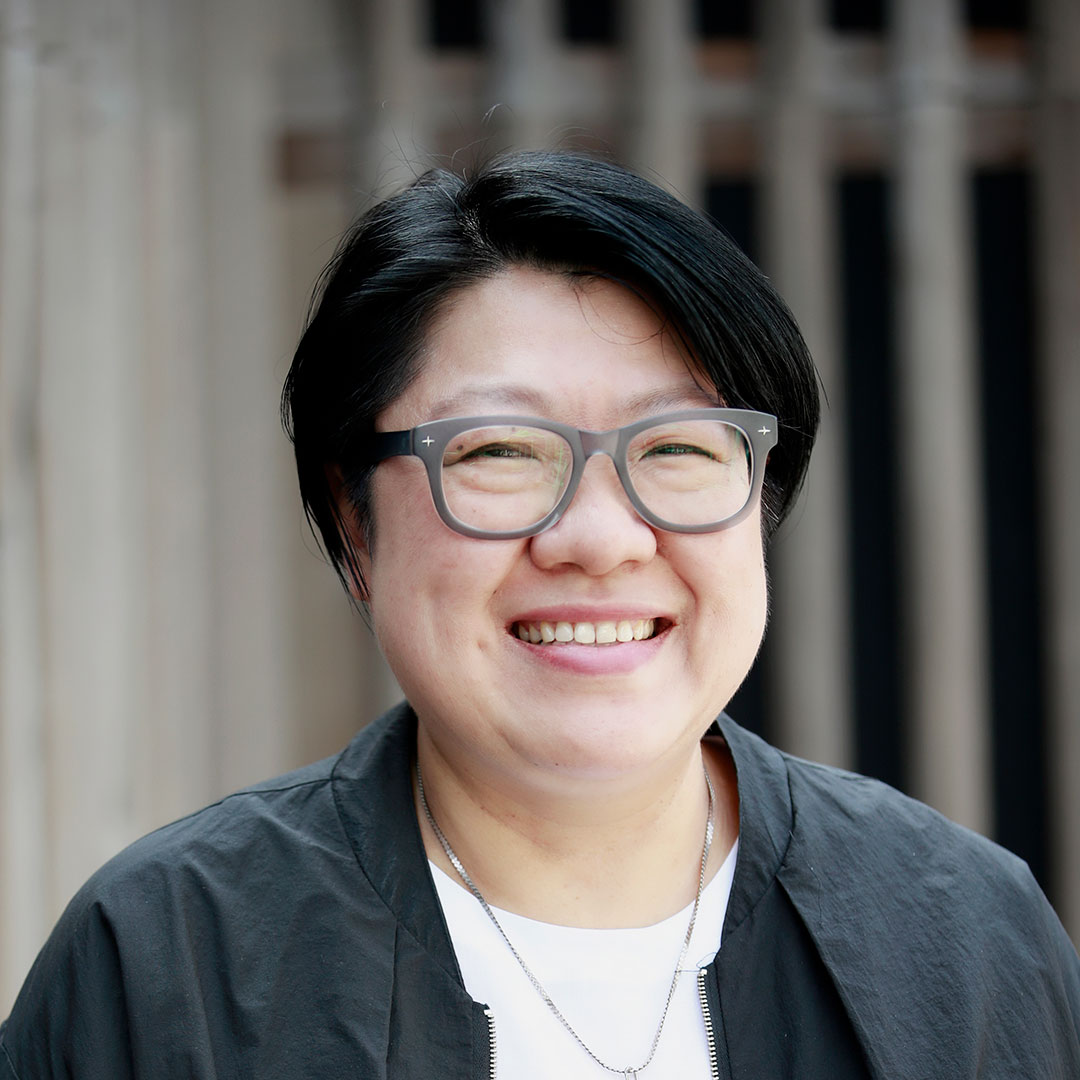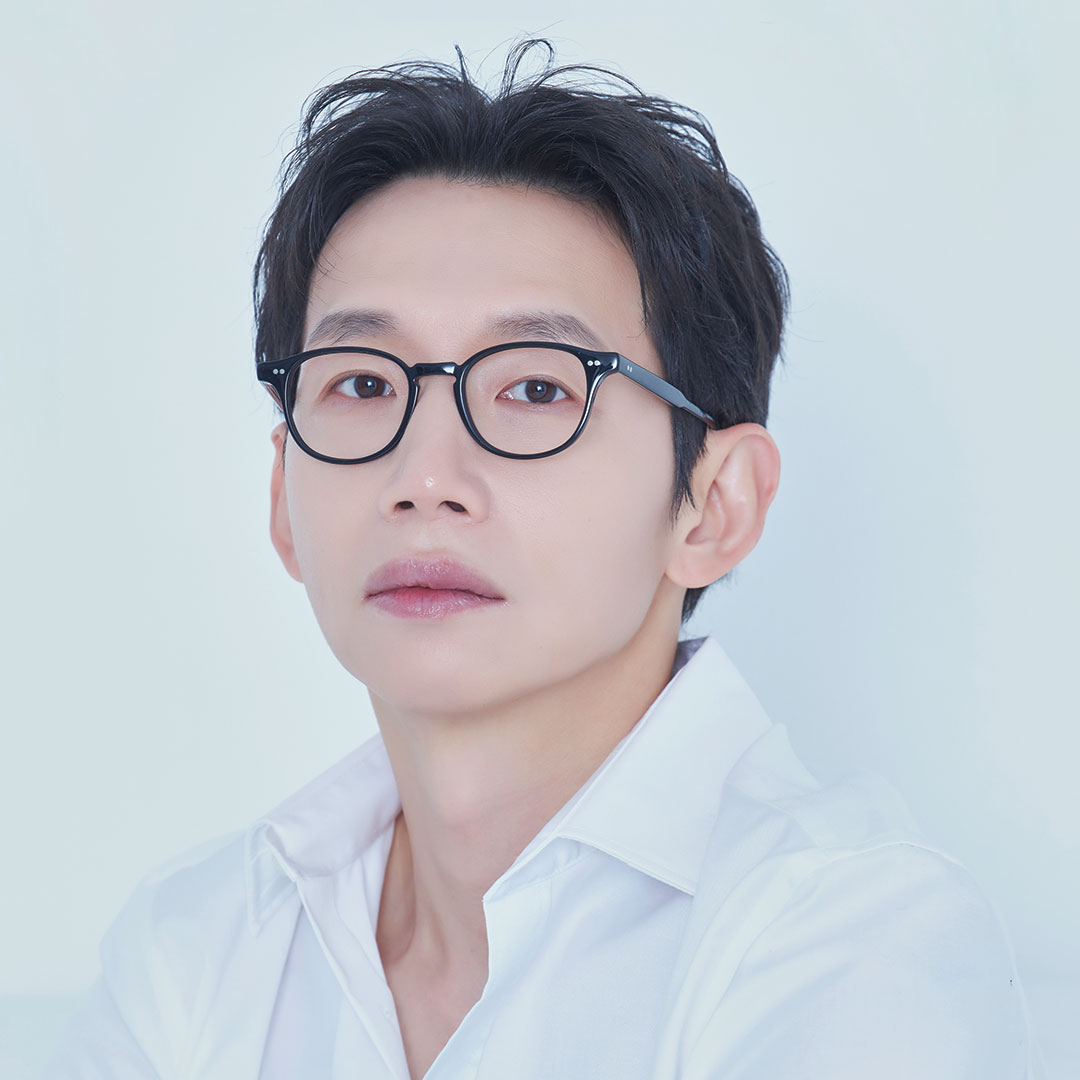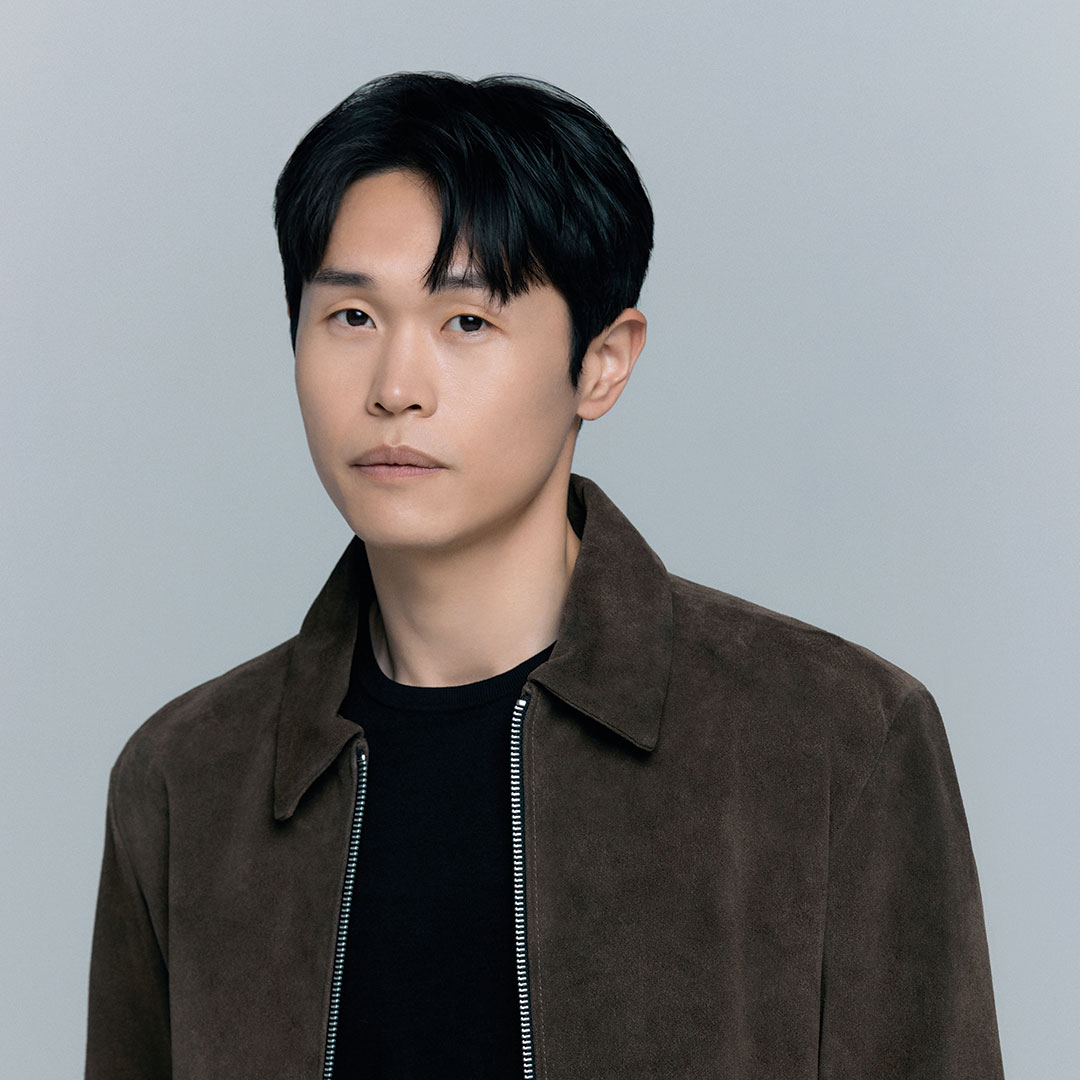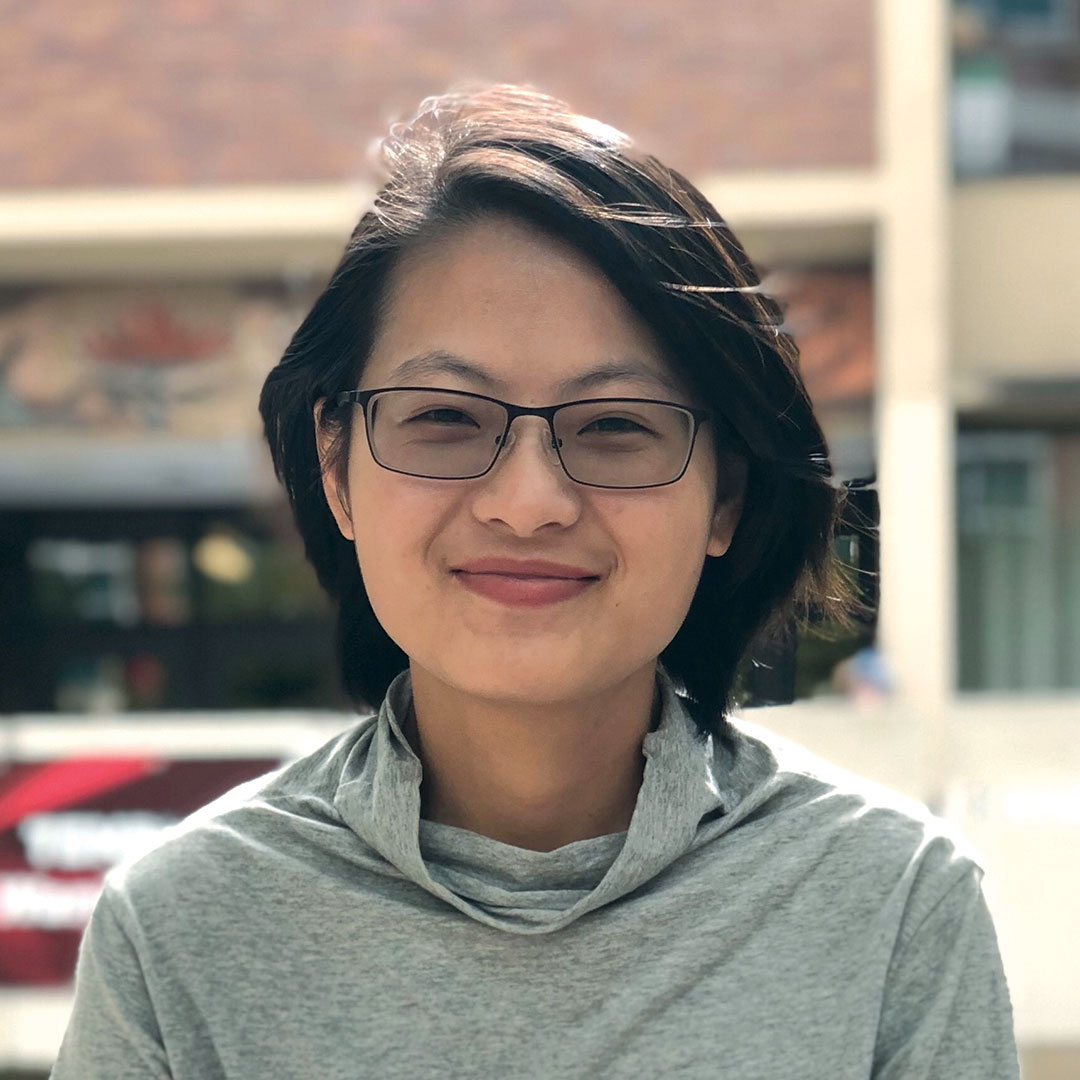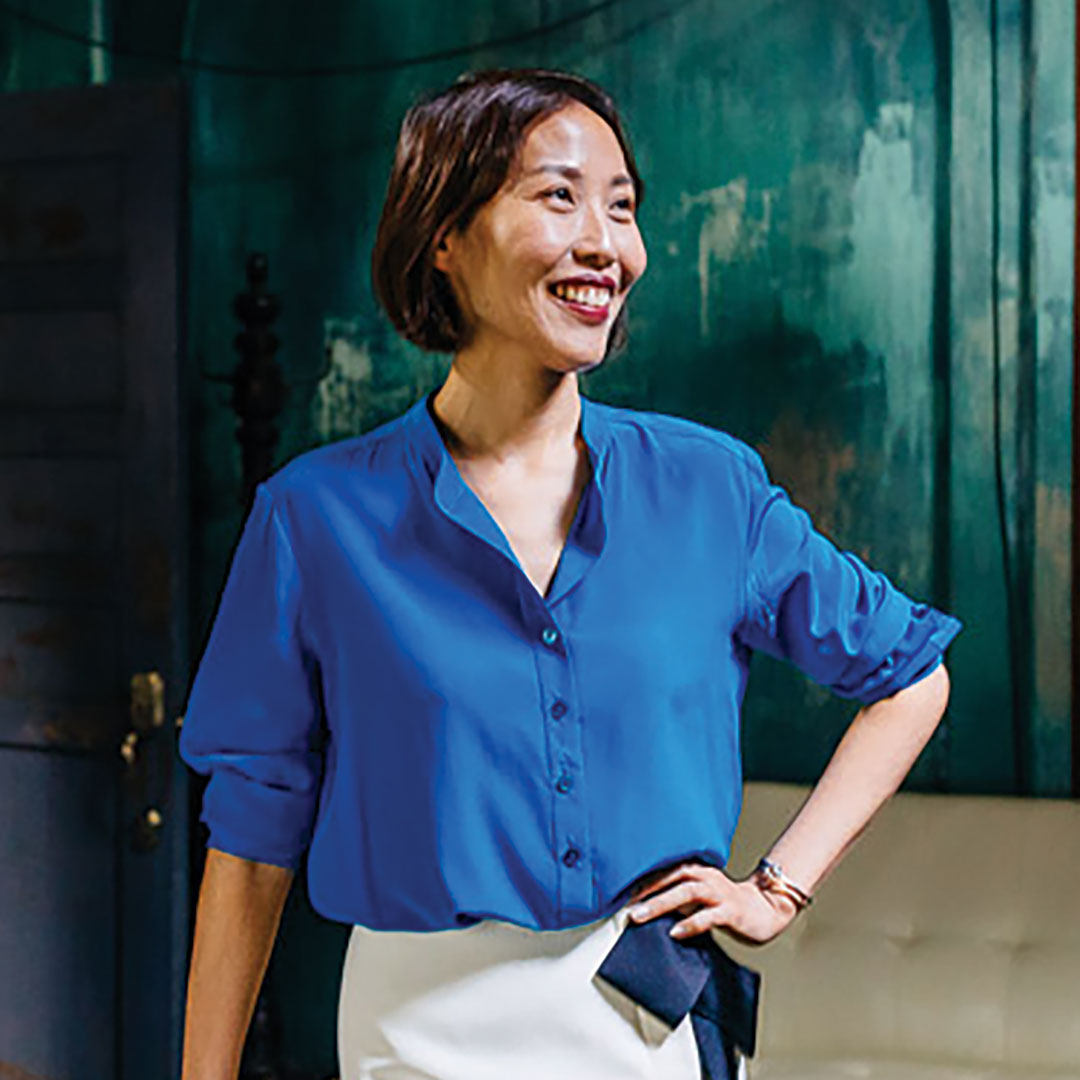감독 이자벨라 브루네커 Isabella BRUNÄCKER | Austria | 2025 | 86min | Fiction | 국제경쟁 International Competition
You made your first feature film in a minimalist style. We imagine it must have been a process of subtraction rather than addition. What was the actual writing and directing process like?
To some extent, yes. Although some stylistic choices were very intentional, for instance the scenes inside the car. I really wanted the viewer to feel like part of the journey, to engage with the characters, and to experience the trip as if they were in the car as well. While writing, I was already aware that the budget would be limited, so I made a conscious effort to keep things simple and manageable from a production standpoint. For example, Jana McKinnon actually drove the car in real time. There was no low loader or green screen involved. We also chose many locations that aren’t heavily frequented, which was something I kept in mind from the very beginning while developing Sugarland.
The film begins with the traditional road movie premise of a chance encounter between a man and a woman traveling together. However, it doesn’t seem to focus on the characters reaching a satisfying destination. What appealed to you about breaking away from the typical road movie narrative structure?
The two characters have very different personalities, yet they share a surprising amount in common, most notably, their taste in music. My intention was to ground the film in a sense of realism, trying to avoid the typical Hollywood happy ending, and opting for a more understated narrative arc instead. For me, the film is less about plot and more about evoking a mood, capturing moments and atmospheres. It’s an exploration of a feeling, a certain energy, rather than a conventional storyline. In that sense, the film functions more as a snapshot of a particular moment in time than a traditional narrative journey.
Dialogue is kept to a minimum, and the silence between the characters often speaks louder than words. What conversations did you share with your actors during the process of balancing words and silence?
Much of this took shape during the editing process. That said, while filming, I gave the two actors, Jana McKinnon and Bill Caple, a great deal of freedom. This was partly due to the fact that we shot the film on 16mm, which limited the number of takes we could do, especially during the car scenes, as we were shooting in real time. There were no stops; the camera would essentially roll for about ten minutes on each side. I asked them to focus on maintaining the flow rather than aiming for a perfect take. Even if the dialogue wasn’t flawless, I encouraged them to keep going and stay in the moment.
We’re curious about the casting process for Jana McKinnon as Iga and Bill Caple as Ethan. What contrasts and connections were you looking for in their appearances, voices, and overall presence? What ultimately led you to choose these two actors?
Bill Caple was cast first. I was looking for an Englishman with a distinct accent, and Bill offered exactly that. When we first met, we immediately clicked. He was enthusiastic about the project, and I believe that’s a crucial aspect of casting, that the actors genuinely want to be part of the film, that they feel it, and, in the case of Sugarland, understand its unique vibe. Finding Jana McKinnon took a bit longer, but once I came across her, it was clear she was the ideal choice. I had envisioned someone with dark hair and a certain dreamlike quality, and she brought that vision to life effortlessly. When the two then first met in real time, I was certain I had made the right choice.
The dance scene in the bar leaves a lasting impression. In a space that retains the atmosphere of the ’80s and ’90s, surrounded by older patrons, the two characters start off as outsiders before fully immersing themselves, as if they are the only ones there. Could you share the story behind the choice of “She Sells Sanctuary” by The Cult for this scene and any behind-the-scenes details about the choreography?
While writing Sugarland, I found myself listening to that particular song repeatedly, so choosing it for the scene in the dance café felt natural and immediate. I never considered any alternatives, or tried to follow trends, it just felt right. The song is undeniably danceable, somewhat dreamy, and the lyrics spoke to me on a personal level. Interestingly, it was the only scene I chose to rehearse in advance with the two actors, the day before shooting. There was no specific choreography; I simply encouraged them to let go, have fun, and express themselves through movement. Because they both had a clear understanding of the mood I was after, and because they’re both naturally gifted dancers, they brought an effortless energy to it. We rehearsed it a few times, just the three of us. It was, without a doubt, one of the most enjoyable moments on set.
Just as the distance between the camera and the characters is carefully adjusted, so is the distance between the characters themselves. Iga and Ethan each have secrets they want to hide or stories they don’t want to share. What was your intention behind leaving this tension in a precarious state rather than resolving it through Events?
There is a certain power in what remains unspoken. Personally, I appreciate films that leave space for interpretation. I believe this invites a deeper level of engagement from the audience, it encourages them to reflect, to question, and to become actively involved in the experience. Of course, this approach doesn’t suit every film, but in the case of Sugarland, it felt entirely appropriate. The film is less about narrative in the conventional sense and more about evoking a particular emotional landscape, a mood, a state of being.
My intention was to create an experience that invites the viewer to let go, to drift into the rhythm of the story and immerse themselves fully.
In life, we often conceal things, we choose what to reveal and what to keep to ourselves. The characters in Sugarland are no different and reflect this quiet tension between what is shared and what is withheld.
Many scenes in the movie were shot outdoors, with roads and surrounding landscapes playing a crucial role. What was it like to have to be flexible in situations where you didn’t have complete control over the weather, noise, and other factors? Were there any particular shots you had to wait for?
We were incredibly lucky with the weather throughout the entire shoot. Aside from an unexpected snowfall along the French coast, we experienced notably favorable conditions. Even the night scene at the petrol station turned out to be a stroke of luck. The attendant asked if we had intentionally chosen that specific day for the shoot, as the motorway had been closed for construction. Under normal circumstances, he explained, the area would have been busy with traffic throughout the night. We had no idea about the closure, and I can’t imagine how chaotic the shoot might have been had it been a typical busy evening. Otherwise, everything went really smoothly. Since we were filming in November and December, the days were short and offered little room for delay or indecision. We simply adapted to whatever conditions we encountered, going with the flow of the journey. Occasionally we adjusted the schedule, but for the most part, we followed our original plan, shooting chronologically as we moved further away from Vienna to our destination.
The only scene we filmed in Vienna prior was the one set in the dance café, as it was more practical and easy to coordinate the extras there. We shot it the day before setting off on the road.
Are there any other topics or stories you would like to explore as a director in the future, or any new formats you would like to experiment with?
There are so many ideas, it’s difficult to know where to begin. I definitely want to continue exploring themes like travel and self-discovery. As someone who is constantly searching this path feels like a natural direction.There is also a story I’ve been developing that touches on the subject of femicide. In Austria we have one of the highest femicide rates in Europe, and that concerns me. The script for it is nearly complete.
I’d also love to keep shooting on film too, ideally moving to 35mm for future projects.
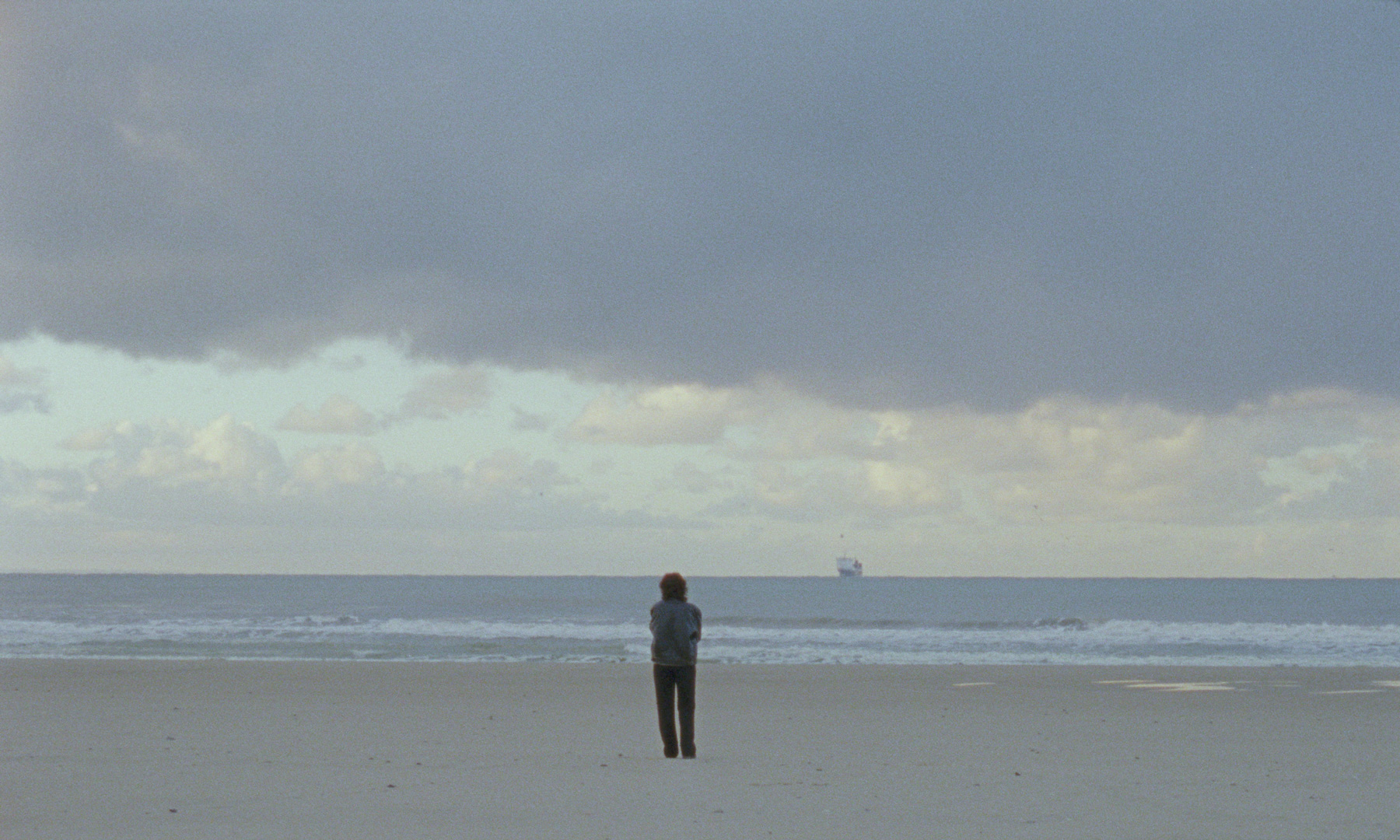
Portrait © Isabella Brunäcker / Movie still © Hannah Marie Schwaiger
